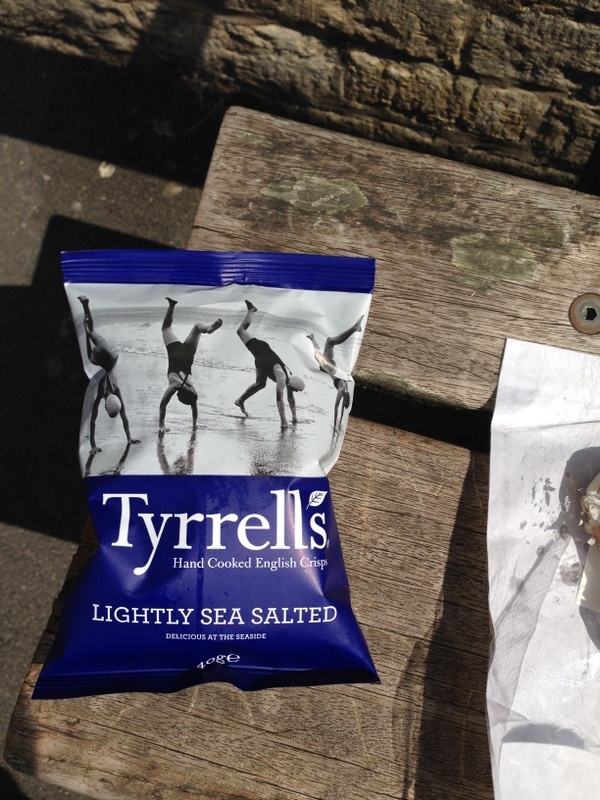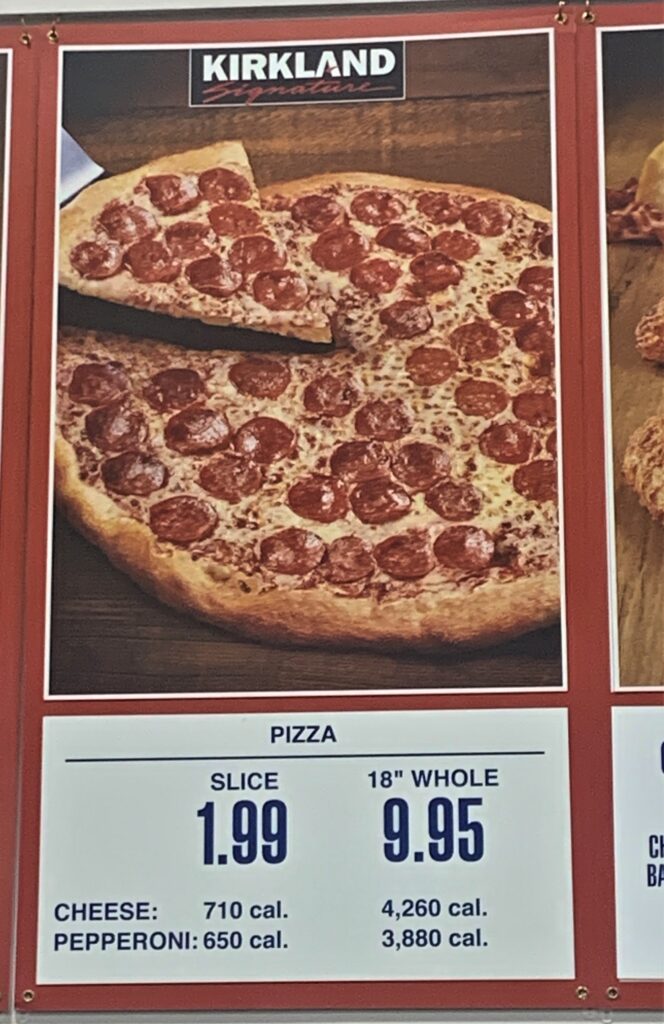Marc Thiessen has a very strange editorial in the Washington Post. The basic thesis is Democrats have politicized and weaponized the Department of Justice in the Trump indictments. But, to be fair (says Thiessen), Trump has made some mistakes that allowed that to happen. Though the prosecutions are obviously unfair, he made some tactical errors in allowing himself to be railroaded.
It’s a good angle. It’s an interesting approach to assigning blame. Let’s dig in, shall we? Here are those mistakes:
Mistake No. 1: Imagine how different things would be today if, after exhausting his legal challenges to the 2020 election, Trump had presided over a smooth transition. Imagine if, even without conceding he lost, he invited Joe Biden to the White House as Barack Obama had invited Trump, attended Biden’s inauguration and left office graciously — with a MacArthur-esque farewell address promising that he would return in four years’ time. There would have been no “Stop the Steal” rally in Washington, no Jan. 6, 2021, riot at the Capitol and no second impeachment.
In this alternate reality, Trump doesn’t act outside the legal system to challenge the election results. That is in contrast to reality – where he did the crime of trying to overturn the election.
Mistake No. 2: Instead of contesting certified election results accepted by Georgia’s popular Republican governor, Brian Kemp, Trump should have focused his attention on turning out his loyal base in Georgia to save the GOP majority in the U.S. Senate by winning the two runoff elections. He could have left office with a major political victory under his belt and momentum toward a 2024 run — and would have been able to take credit for a GOP Senate reining in the Biden administration. Instead, his false fraud claims depressed GOP turnout, handed Senate control to the Democrats and enabled President Biden to ram through trillions in new spending with Democratic votes alone, which helped unleash the worst inflation in four decades.
In this alternate reality, Trump doesn’t contest the results in Georgia. That is in contrast to reality – where he did criminally try to change the legitimate results.
Mistake No. 3: When it was discovered that he had taken highly classified materials to Mar-a-Lago, Trump could have cooperated and handed over the documents, rather than reportedly ordering aides to hide documents and delete security footage.
In this alternate reality, Trump gives back the classified documents when asked. That is in contrast to reality – where he criminally refused to give them back and criminally tried to cover it all up.
Mistake No. 4: Instead of spending the past three years railing against the “rigged election” (a claim that 70 percent of Americans reject), Trump should have focused on Biden’s failings in office. Trump should have contrasted Biden’s disastrous policies with his many successes, and reminded the record 56 percent of voters who told Gallup just before Election Day 2020 that they were better off under Trump than they had been four years earlier how good they had it when he was in office. Imagine if his message had been “Miss me yet?” instead of “I am your retribution.”
In this alternate reality, Trump does normal political things. That is in contrast to reality – where his obsession with the election dragged down the whole party. But at least this isn’t an actual crime!
Mistake No. 5: Rather than saddling the GOP with midterm candidates whose main or only qualification was parroting his election denial, Trump could have backed electable candidates and used his $100 million-plus war chest to help Republicans take back the Senate and win an overwhelming House majority in 2022 — thus getting credit for propelling the GOP back into power on Capitol Hill.
In this alternate reality, Trump supports the party. That is in contrast to reality – where he continued to focus on his own self-interests above party or country. But at least this isn’t an actual crime!
Most of the five mistakes aren’t mistakes. They are the crime.
Let’s say I get pulled over by a policeman. And when he comes over I mouth off, call him a pig, yell how my taxes pay his salary, aren’t there murders to be solved etc. That’s a mistake. That policeman is now looking for anything they can get on me, he’s going to make sure I suffer. Through my own stupidity, I gave this policeman an opening to exploit his lack of from neutrality and I’m gonna pay for it. That’s the image Thiessen would like you to have in mind. But that’s not the right analogy.
Let’s say I am robbing a bank, and a policeman catches me and questions me. Next thing I know I’m being arrested and facing twenty years in prison. My mistake wasn’t that I said the wrong thing to the policeman. My mistake wasn’t focusing more on different investment options. My “mistake” was doing the actual crime! That’s not a mistake, that’s just being a criminal! The policeman is focused on me because I did crimes!
That’s why Trump has been indicted, for doing crimes. That’s not politicizing or weaponizing, that’s justice.










